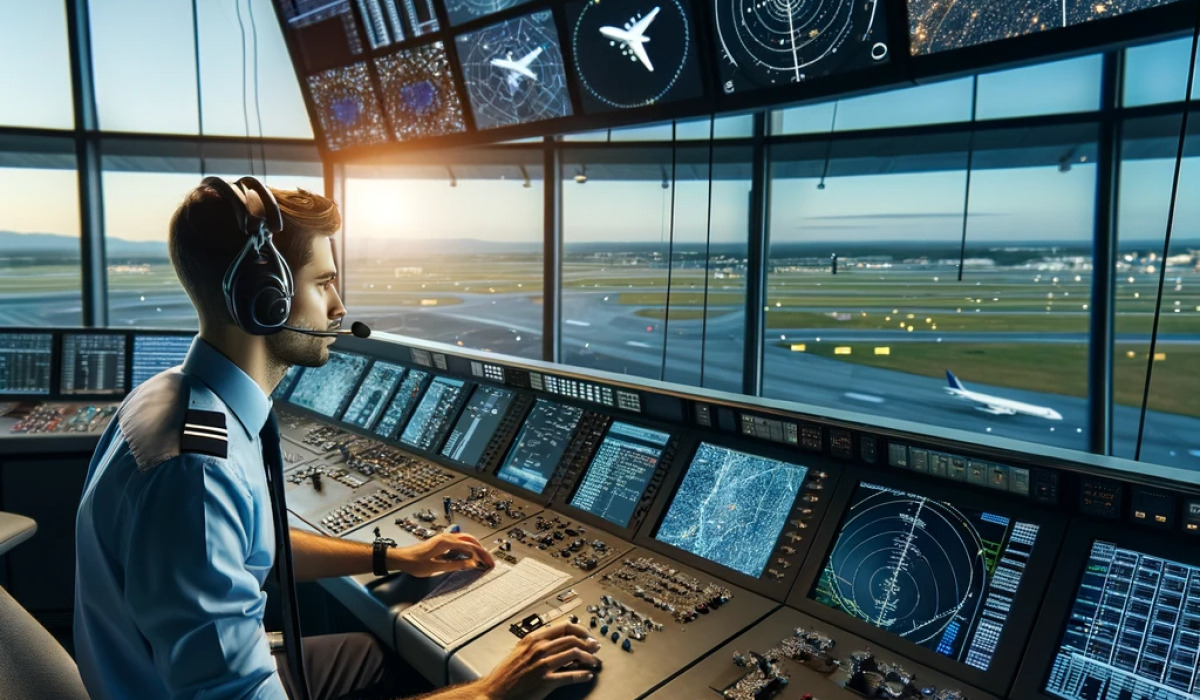
How does airspace management work? Airspace management involves organizing and controlling the use of airspace to ensure safe and efficient flight operations. It includes coordinating aircraft movements, assigning flight paths, and managing air traffic to prevent collisions. Air traffic controllers play a crucial role, using radar and communication systems to guide pilots. There are different classes of airspace, each with specific rules and regulations. Technology like GPS and automated systems helps improve accuracy and efficiency. Effective airspace management is vital for reducing delays, minimizing fuel consumption, and enhancing overall safety. Understanding these elements can help appreciate the complexity and importance of airspace management.
Key Takeaways:
- Airspace management involves organizing and controlling airspace for safe flights. It uses technology like radar and ADS-B to prevent collisions and manage traffic flow.
- Challenges like air traffic congestion and weather conditions require innovative solutions. The future looks promising with NextGen aiming to enhance safety and efficiency.
What is Airspace Management?
Airspace management involves organizing and controlling the use of airspace to ensure safe and efficient flight operations. This complex task requires coordination among various stakeholders, including air traffic controllers, pilots, and regulatory bodies.
-
Airspace Classification: Airspace is divided into different classes (A, B, C, D, E, and G) based on altitude and traffic density. Each class has specific rules and regulations for aircraft operations.
-
Controlled vs. Uncontrolled Airspace: Controlled airspace is monitored by air traffic control (ATC), while uncontrolled airspace is not. Pilots in controlled airspace must follow ATC instructions, whereas in uncontrolled airspace, they rely on visual flight rules (VFR).
-
Air Traffic Control (ATC): ATC is responsible for managing aircraft movements on the ground and in the air. Controllers use radar, radio communication, and other tools to ensure aircraft maintain safe distances from each other.
The Role of Technology in Airspace Management
Technology plays a crucial role in modern airspace management, enhancing safety and efficiency. Various systems and tools are used to monitor and control air traffic.
-
Radar Systems: Radar systems detect and track aircraft positions, providing real-time data to air traffic controllers. This helps prevent collisions and manage traffic flow.
-
Automatic Dependent Surveillance-Broadcast (ADS-B): ADS-B is a satellite-based system that allows aircraft to broadcast their position, speed, and other information to ATC and other aircraft. This improves situational awareness and reduces the risk of mid-air collisions.
-
Flight Management Systems (FMS): FMS are onboard computers that help pilots plan and execute flights. They provide navigation, performance, and fuel management information, making flights more efficient and reducing the workload on pilots.
Challenges in Airspace Management
Managing airspace is not without its challenges. Various factors can complicate the task and require innovative solutions.
-
Air Traffic Congestion: Increasing numbers of flights can lead to congestion, especially in busy airspace. This can result in delays and increased risk of accidents.
-
Weather Conditions: Adverse weather conditions, such as thunderstorms, fog, and turbulence, can disrupt flight operations and pose safety risks. ATC must constantly monitor weather updates and adjust flight paths accordingly.
-
Integration of Unmanned Aerial Vehicles (UAVs): The growing use of drones presents new challenges for airspace management. Ensuring safe integration of UAVs with manned aircraft requires updated regulations and advanced technology.
Future of Airspace Management
The future of airspace management looks promising, with advancements in technology and new strategies aimed at improving safety and efficiency.
- NextGen Air Transportation System: NextGen is a modernization initiative by the Federal Aviation Administration (FAA) to transform the U.S. air traffic control system. It aims to increase capacity, reduce delays, and enhance safety through the use of advanced technologies and procedures.
The Final Word on Airspace Management
Airspace management is more than just controlling planes. It involves safety, efficiency, and technology working together. From air traffic controllers guiding flights to satellite systems monitoring skies, every piece plays a crucial role. Understanding these elements helps us appreciate the complexity behind each flight. Next time you board a plane, remember the intricate dance happening above. It’s not just about getting from point A to B. It’s about ensuring every journey is safe and smooth. So, whether you’re a frequent flyer or just curious, knowing these facts gives you a new perspective on air travel. Safe skies aren’t just a given; they’re a result of meticulous planning and coordination. Keep these insights in mind, and you’ll see air travel in a whole new light. Happy flying!
Frequently Asked Questions
Was this page helpful?
Our commitment to delivering trustworthy and engaging content is at the heart of what we do. Each fact on our site is contributed by real users like you, bringing a wealth of diverse insights and information. To ensure the highest standards of accuracy and reliability, our dedicated editors meticulously review each submission. This process guarantees that the facts we share are not only fascinating but also credible. Trust in our commitment to quality and authenticity as you explore and learn with us.


